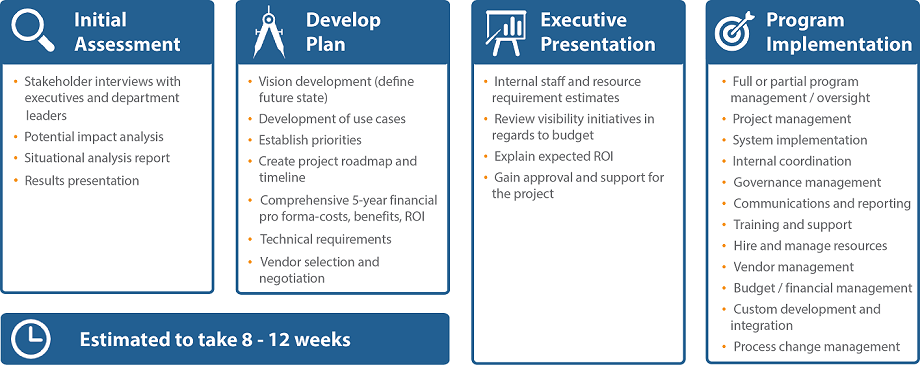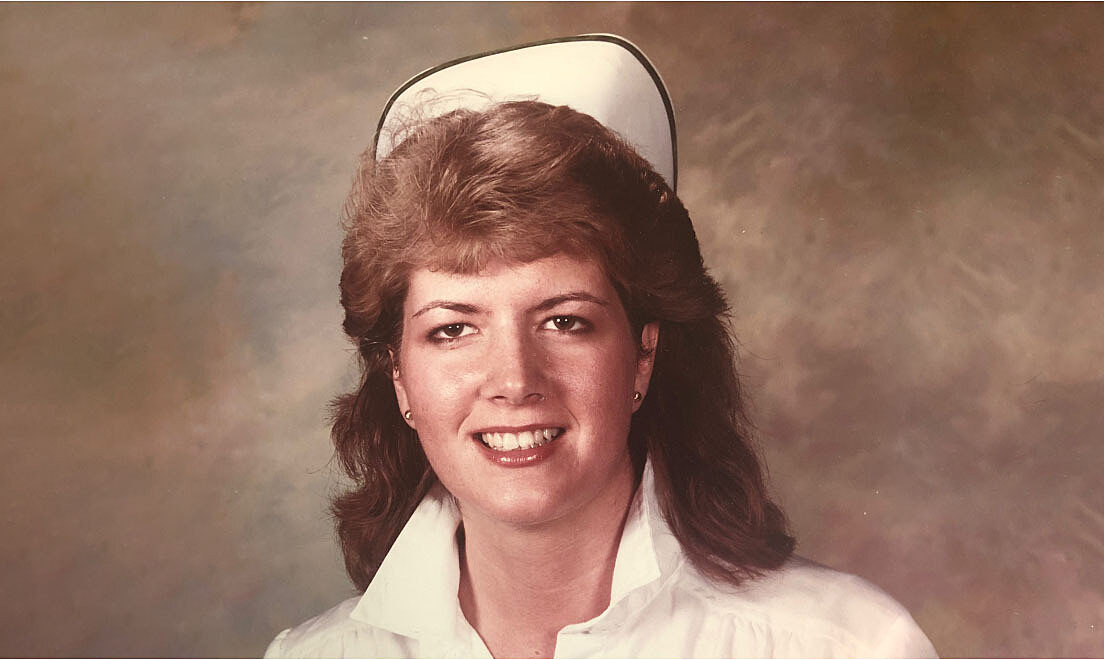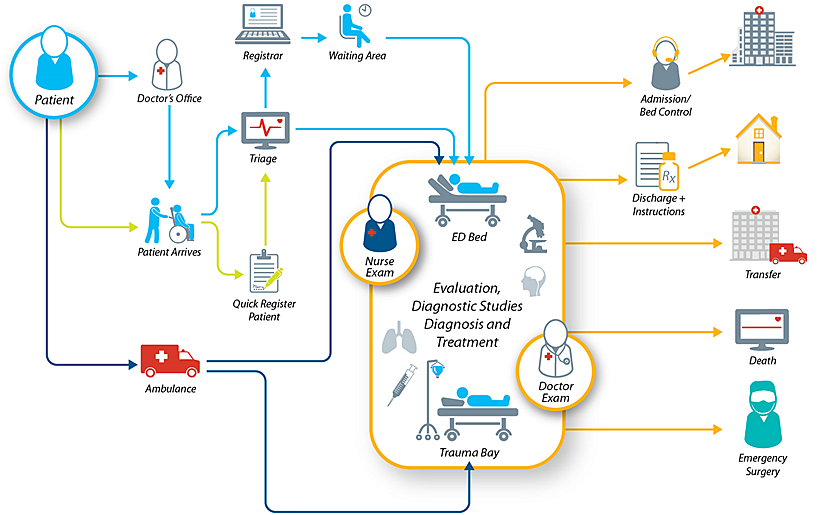5 Lessons Learned when Implementing an Enterprise-Wide RTLS

We’ve asked a few of our top customers, “What advice would you offer to those implementing RTLS in their hospitals?” Read on to discover the top 5 lessons learned!
1. Form a steering committee/working group
Before simply rolling out RTLS in your healthcare facility, create a steering committee or working group as a resource to create, manage and maintain the process. Typically, multiple departments will play a role in the deployment, as well as enjoy some of the benefits of an RTLS solution, so pick representatives across divisions such as Biomed, IT, Nursing, C-level executives, Surgical Services, ED, Patient Safety, Risk Management, Security, and Infection Prevention.
In addition, use this group to further develop innovative applications of your RTLS infrastructure after the initial deployment. As they become experts in the system, they will be able to evaluate new use cases, brainstorm ideas, and manage the implementation and maintenance on an ongoing basis.
2. Create a formal planning and assessment process
Below is an example of a 12-week assessment and development plan before proceeding with implementation -- this suggested methodology has been provided by leading System Integrator/RTLS consultant, Infinite Leap. Having a formal plan will help prove and maximize value, as well as prioritize RTLS applications. It will also help to ensure a well-thought-out and successful launch with minimal surprises down the road!

As a part of your steering committee, designate a team lead to provide status updates that are sent to the working group on an ongoing (we recommend weekly) basis. This should be a quick summary of what’s active, in progress, or delayed, and what needs to be paused completely so the committee can step-back and reevaluate. This ensures everyone is on the same page on any given week. It also serves as an ongoing “lessons learned” platform to determine what has been going well, what is not going so well, and what additional resources are needed to make the program successful.
On a quarterly basis, it is a good idea to report projects that are underway to senior leadership and report annually to executives for a debrief regarding the program. This provides an opportunity to talk about where the initiatives are headed from a budget, vision and patient satisfaction standpoint – ensuring the entire organization is well aware of and will continue to support the concept of “Enterprise-Wide Visibility”.
3. Align to your enterprise strategy
Every healthcare organization has the fundamental principles they stand on. Often times they look something like; quality and safety, access and throughput, labor optimization and productivity, supply chain and resource optimization, patient engagement and experience, and population health. Task the working group to think about how RTLS can bring these pillars to life more so than they already are today. Categorizing each of your RTLS initiatives and use cases into the strategic bucket to which it improves/identifies with makes it easy to clearly report on ROI to hospital executives. For example, staff duress/panic alerting, infection control, and hand-hygiene compliance ties back to quality and safety, while patient flow applications, asset loss prevention, temperature monitoring, automatic patient check-in and queuing fall into different categories. Quantifying each initiative into a value bucket such as cost avoidance, an increase in productivity, etc. will help justify the value of the program on a regular basis.
4. Get buy-in by proving the value to patients, staff and family members first
Sometimes, staff, patients, and family members can get the wrong idea about RTLS. They may not fully understand the benefits but instead feel their privacy is being invaded by “big brother”. To this end, it is important to thoroughly explain how RTLS will be used to improve day-to-day hospital operations, as well as enhance the protection of staff and patients. In addition, you should alleviate any concerns they may have about the safety of the technology used in tags and badges (your RTLS provider should have documentation you can easily share). We have oftentimes seen that when others have witnessed the benefits of RTLS (such as quick assistance from the press of a staff badge, infection/contamination control, or a smoother patient experience) RTLS becomes a “pull” for additional applications of this technology in other areas of the hospital. In one facility utilizing RTLS, patient tags are optional, but once its uses are explained, most don't oppose it.
5. Test with small roll-outs before implementing on a broader scale
As with anything in life, you can’t possibly prepare for everything. No matter how thoroughly you’ve planned, there will likely be a bump or two in the road. Before launching a huge roll-out, choose smaller departments or scale down your implementation to comprehensively test the process. Once everyone is confident that you are getting the most value from the implementation, spend your resources to roll out the program fully.






